MIGIZI Microgrant
Begin to digitize 40 years of audio archives to enable future usage by American Indians and all Minnesotans.
|
John Day (St. Paul, MN) – John Day was a part of the Why Treaties Matter selection team, is very familiar with MHC ways of working. He is American Indian. |
|
Nanette Missaghi (Eden Prairie, MN) Nanette Missaghi was part of the community work group that developed the educator guides for Why Treaties Matter and instrumental with piloting the guides/exhibit in Eden Prairie schools. She is American Indian. |
|
John Bobolink (Minneapolis, MN) was recommended to the panel by the group that created the original Indigenous Arts bill. He is American Indian. |
|
Colleena Bibeau (Grand Rapids, MN) – Colleena Bibeau was an American Indian Museum Fellow (partnership w MHS), participated in MHC K-12 professional development. She is American Indian. |
Laura Benson
Minnesota Humanities Center
laura@mnhum.org
651-772-4244
$850,000 the first year and $850,000 the second year are for a competitive grants program to provide grants to preserve and promote the cultural heritage of Minnesota.
The Minnesota Humanities Center must operate a competitive grants program to provide grants to programs that preserve and honor the cultural heritage of Minnesota or that provide education and student outreach on cultural diversity or to programs that empower communities to build their identity and culture. Priority must be given to grants for individuals and organizations working to create, celebrate, and teach indigenous arts and cultural activities and arts organizations and programs preserving, sharing, and educating on the arts and cultural heritage of immigrant communities in Minnesota.
The goals of this project were to:
- Begin the digitization of our audio archives with 24 pieces, to enable future use by Migizi and others;
- Teach two Migizi youth media interns basic audio skills and have them help create the sample rough cut.
- Create a 15-25 min Rough-cut of samples from each of the audio reels;
- Host two convenings/listening sessions and play samples and rough cut for community members and solicit feedback.
Migizi followed the recommendations of community members and legacy producers, from archivists and audio professionals, and chose 24 pieces of reel-to-reel tape from the archive between the years 1978 and 1987. We have digitized these 24 pieces of audio material from the Migizi Legacy Radio archive, based on the priorities articulated by the community members who met in late January and the audio professional who helped us determine a method for assessing the state of the archive.
We first convened a small group of original producers of the programs and formed an advisory committee. The community consultant, Melissa Olson, presented a ‘rough-cut’ of digitized material from these first three reels to the first convening of Migizi’s legacy radio archive on January 23rd. The rough cut is approximately 15-minutes in length and features the work of several of the original producers of The Native American Program.
The producers of Migizi’s legacy programming who were in attendance at the Jan 23 convening spoke about their hopes for digitizing the archive. Producer Scott Raymond said he believed it was important to make the archival material available to producers, and especially Native producers, who might want to repurpose the archive to create documentary and/or reference work. Producer Janice Command spoke to her desire to see the material preserved as a part of a historical record that could be made available to scholars, researchers, and historians interested in the Red Power Movement of the 1970s. Executive Director Laura Waterman Wittstock, who had originally been responsible for the distribution of Migizi’s programming stated that she would like to see the archived preserved in a location where it would have the broadest possible availability to interested producers, researches, scholars, and historians.
Based on all recommendations, the community consultant chose 24 pieces of archival material to be digitized and delivered them to John Miller, who not only digitized the tapes, but evaluated the archive and gave us specific recommendations for future preservation and conversion to digital format.
After the convening and the digitization, we transcribed the programs. We chose two American Indian high-school students to listen to the recordings and read along through the transcripts and select certain sections they thought were of particular cultural and/or historical significance. Melissa Olson created an assignment for them and mentored them through this process of completing an assignment through to deadline. Both youth producers listened to hours of tape, read transcripts, and selected clips from those transcripts—learning how to build a radio or audio story in the same ways stories are created by professional journalists.
One of our youth says he connected with the material in ways that surprised him. He says he was intrigued to hear stories about Native youth going back to the late 1970s that resonated with his experience of the world today, and says that material motivated him to choose clips that contained facts and data that helped to tell the story of the archive.
We have begun to do outreach and publicize the existence and importance of the project. The clips chosen by the youth producers were compiled by the Community Consultant and KFAI Fresh Air Community Radio as a 24 minute Supercut that represents selections from each newly digitized recording. The Supercut is intended to be shared with community members and partners as an example of the Migizi Legacy Radio Archive through Migizi’s website and social media platforms.
You can find it here:
https://soundcloud.com/melissa-olson-1/migizi-legacy-radio-archive-24-min-supercut/s-1udwDKDlTZB
We also engaged a graphic designer to create a high-quality identifiable logo for the project.
